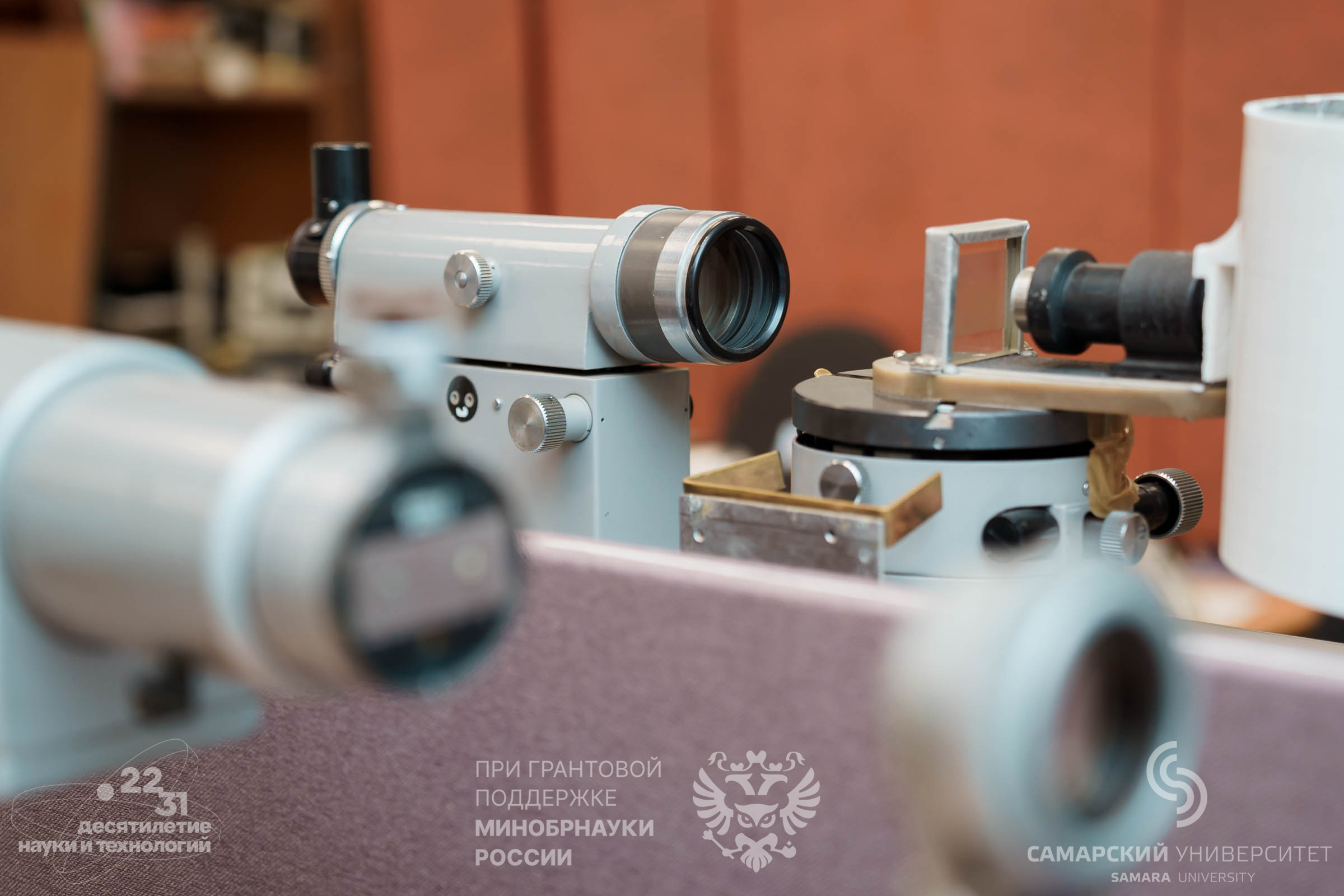Scientists of Samara University and the Samara Branch of Lebedev Physical Institute of the Russian Academy of Sciences conducted their joint study on the chaotic dynamics of wide-beam lasers. In such lasers, the light behaves like a raging sea in a storm: the waves collide unpredictably, forming both areas with very high waves and areas of calm. Using mathematical equations and numerical simulations, physicists accurately calculated the conditions, under which the laser switches to the mode of generating a chaotic output beam. The research results will make it possible in the future to create special laser systems working as photonic neurons in miniature, energy-efficient and high-speed optical neural networks of the future.
The research was conducted with the support of Russia’s Ministry of Science and Higher Education, as part of state assignment projects for educational and research institutions. Findings of the scientific research are presented in the articles published in the reputable international journals “Optics Letters” and “Journal of the Optical Society of America B.”
In the first paper published in “Optics Letters,” physicists took a vertical-cavity surface-emitting laser (VCSEL) and applied an elegant method of taming the chaos: injection of weak external radiation. This means that a weak but very accurate beam from another laser is shining inside the chaos-generating laser. It’s like a conductor making an orchestra play not randomly, but smoothly, by using precise rhythmic movements of the baton. Similarly, in the optical system, properly tuned radiation from the external laser causes the powerful laser with its wide emitter to beat time, stabilizing its output beam. Moreover, by controlling the parameters of the radiation “injected,” it is possible to obtain optical patterns of regular shape — stripes and hexagons.
Another study from the same field was published by Samara physicists in “Journal of the Optical Society of America B.” It studied the behavior of a special class of lasers — ones with extremely high losses on mirrors or without a mirror resonator at all. Such systems include, for example, promising nanolasers: due to their microscopic size, traditional mirrors simply do not exist in them. These lasers initially do not shine in a continuous in time beam, but incessantly pulsate. In the case of a laser with a wide emitter, this means that all its points pulse perfectly synchronously. The team of authors managed to determine under what conditions such synchronous oscillations are stable and can last indefinitely, and under what conditions synchronicity gradually collapses. Disrupting the synchronicity of the oscillations between the laser points leads to generating bizarre patterns, chaos, and even optical vortices.
Why is this necessary? A look into the future of optical neural networks
Why do we need to be able to control the chaos of light and create complex optical patterns inside a laser? The answer can be found in the field of the most advanced technologies — creating optical neural networks. The human brain processes information not sequentially, like a computer, but simultaneously, in multiple parallel streams, due to its neural network.
Wide-aperture (with a wide emitter) lasers capable of generating controlled complex structures are an ideal “iron” basis for simulating the brain work. Here:
· Each point on the output aperture can play the role of an analog neuron.
· The interaction between them, determined by light diffraction, can work as synapses (connections between neurons).
· Input data can be supplied by applying the same “injection” method (from the first article in “Optics Letters”), and the output result can be read from the shape of the resulting light field.
Such a system will process information not sequentially, bit by bit, but instantly and in parallel, with its entire area, at the speed of light and with tremendous energy efficiency. This is the way of creating fundamentally new artificial intelligence systems for pattern recognition, decision-making, and big data processing.
Thus, the fundamental research of Samara physicists is not just about chaos and fascinating pictures. These are light control protocols at the most fundamental level. This is working out instruments for the next technological breakthrough — neuromorphic computing running at the speed of light.
The material is prepared with the support of Russia’s Ministry of Education and Science, in the framework of the Decade of Science and Technology. Even more information on scientific studies conducted by the University’s scientists is available on the website of the project “Possessed by Science.”
 RU
RU  EN
EN  CN
CN  ES
ES 




